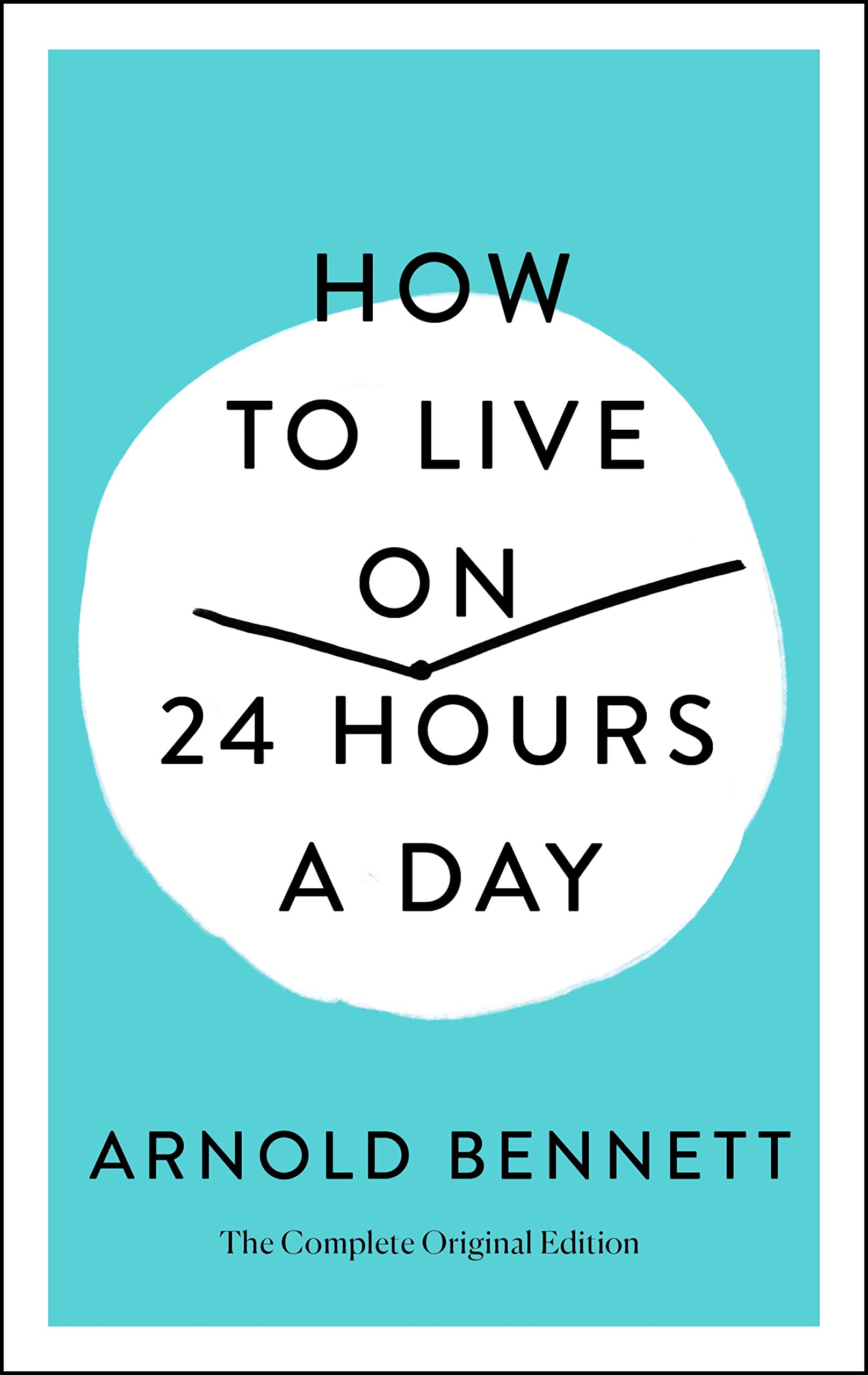Chapter IV — The Cause of the Troubles
byChapter IV reveals an often overlooked truth: many working adults unknowingly treat their time outside of work as inconsequential. From 10 in the morning until 6 in the evening, a standard office worker may feel their “real” day is underway, viewing the hours before and after work as background noise. This distorted view causes a widespread underestimation of time’s value. When this mindset is repeated daily, it reduces a full two-thirds of one’s life to little more than waiting rooms between work shifts. The author uses a common example of a London worker who spends nearly two hours commuting, pointing out that even these stretches are usually dismissed rather than used thoughtfully. The consequence is not merely wasted time—it is a life quietly shrinking in richness. Without conscious reflection, many people begin believing that life only happens within those salaried hours, forgetting that purpose and fulfillment often thrive elsewhere.
The mindset being challenged here isn’t malicious or lazy—it’s deeply embedded in modern culture. People are taught to anchor their identities to their jobs, believing that productivity is limited to what occurs between office walls. However, once work ends, there are still sixteen hours left in a day—time that holds vast potential for personal development. The tragedy lies in how often this time is passed over without question. Evenings become repetitive, mornings become rushed, and weekends blur into obligations or distractions. The author argues that such habits form the foundation of unfulfilled lives. When we see only one-third of the day as meaningful, we silently agree to ignore the rest of our potential. Changing this perspective doesn’t require major life upheavals—just a willingness to see the ordinary hours differently.
The chapter encourages us to imagine what those sixteen hours could become if they were treated as valuable. Far from being burdens, they are blank canvases for growth, creativity, and peace. Health can be improved through mindful routines. Relationships can deepen when given time and presence. Even reading, learning, or reflecting during these hours can nourish the inner life in ways no paycheck ever could. The key is to stop seeing these moments as leftovers and start seeing them as prime opportunities. That shift in thinking is where the transformation begins. When evenings and mornings are respected, not just endured, they reveal a side of life that most working individuals have forgotten exists.
This change in attitude has practical benefits beyond emotional satisfaction. Studies have shown that individuals who engage in meaningful activities outside of work often return to their jobs more focused and energized. A well-spent hour of reading or quiet thinking can ease anxiety, increase resilience, and sharpen attention. The mind, given space to breathe, becomes better equipped to handle stress. This is not theoretical—neuroscience supports the link between personal time and professional well-being. It turns out that reclaiming personal time doesn’t detract from your career; it strengthens it. The body follows the mind, and the mind thrives when it’s allowed to exist outside the constraints of a job description.
Yet the chapter also warns against expecting immediate results. Shifting from routine to intention takes effort. People might begin with great energy and lose momentum when results aren’t quickly visible. That’s why consistency, not intensity, is emphasized. Rather than overhauling your evenings all at once, the author recommends small, steady changes—adding fifteen minutes of reading or reflection each night is a strong start. This pace protects self-respect, allowing one to build confidence rather than burn out. And over weeks and months, the benefits compound. Suddenly, those once-dismissed hours feel rich with purpose. That is the real victory—not just filling time, but transforming how time feels.
It is also suggested that no single mold fits everyone. The goal is not to turn every person into a philosopher or an artist. What matters is the willingness to use time in a way that reflects individual values. Someone might choose music, another might dive into gardening, while others may reconnect with spirituality or long-lost interests. These pursuits aren’t frivolous—they are essential parts of living a complete life. And once these sixteen hours are appreciated, they begin to influence all other parts of the day. Work no longer feels like the only thing that defines a person. Life opens up in unexpected ways.
The chapter ends by promising more practical guidance on how to reshape these neglected hours. But even now, the message is clear. No one needs to abandon their job or obligations to live more deeply. They only need to reclaim what has always been theirs: the time around work, which quietly waits to be seen not as filler, but as freedom. The change begins with awareness. Once that is awakened, everything else begins to follow.

